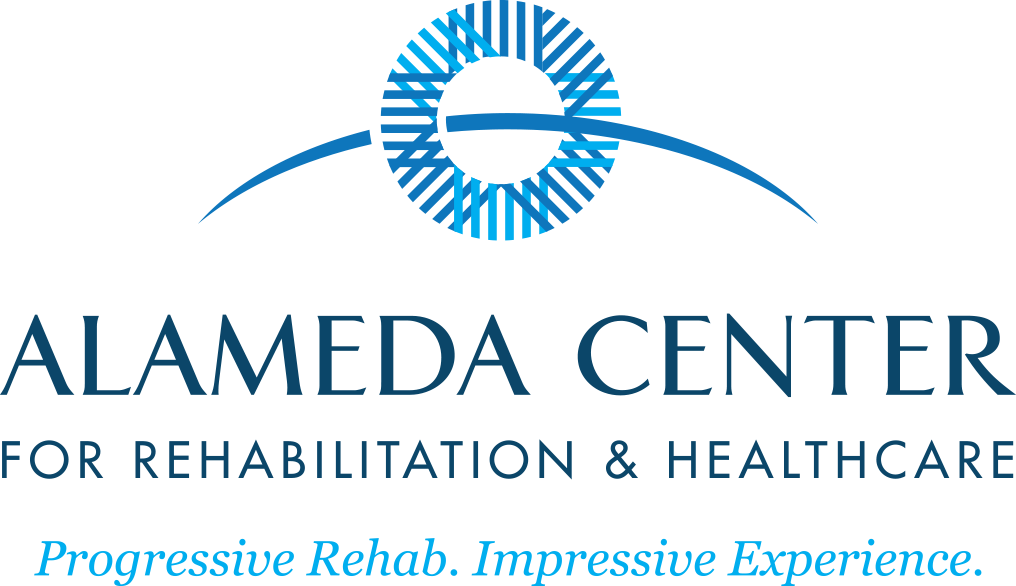Exercise Rehabilitation for CKD patients
A new study published in the Clinical Kidney Journal describes how exercise rehabilitation can make a strong impact on the exercise habits of CKD, or chronic kidney disease, patients. This can potentially translate into fewer hospital admissions and allover better health.
What is exercise rehabilitation?
What is exercise rehabilitation? It’s a several-week program, generally around ten, where participants attend weekly exercise education and physical activity classes. Each segment is about an hour long, and there’s a group of members in similar health predicaments.
Exercise rehabilitation is recommended for people with moderate health ailments who could benefit from the health boost and are strong enough to handle the physical occupation. Some participants might have heart disease or pulmonary disorders, or in the case of this study, CKD. The goal of the program is to educate patients about the benefits of exercise and instill in them the ability and commitment to make exercise a part of their lives. Physical activity is associated with better health outcomes, and people with serious diseases have often not made it a priority in their lives, or felt they couldn’t due to their perceived limitations.
How the study worked
Researchers at the Max Grady School of Medicine at the University of Manitoba found a generalized group of CKD patients for the study who had been enrolled in the Manitoba Renal program. They were diverse in age, gender, race, stage of CKD and comorbidities. Researchers split them into a study group and two control groups. The study group attended an introductory session and the full, 10-week exercise rehabilitation program. The first control group also attended the introductory session, but did not join the 10-week program. The second control group were in a concurrent longitudinal study and did attend the introductory session or the program.
The primary objective of the study was to see a difference in the patient’s physical activity as noted in the short physical performance battery score. The secondary objectives were to see a difference in the patient’s quality of life in health as seen in his physical activity behavior, exercise behavior and hospital admissions over the course of one year.
Results of the study
For the secondary objectives, there were no significant discrepancies between all three groups except for their physical activity behavior – for that outcome, at one year later, only 35% of control group participants were still exercising regularly, whereas a full 60% of program participants were still exercising regularly.
For the primary outcome, while there weren’t significant differences between the groups, researchers found that attendees with low baseline scores tended improvement in this area. Said Dr. Clara Bohm, assistant professor at the University of Manitoba and nephrologist at the Manitoba Renal Program, “In ‘real-world’ conditions, attendance at a single 10 week session of exercise rehabilitation appears to be associated with sustained exercise participation and improved physical function over time.”
These conclusions are not earth-shattering, but they are useful for where to take the next step: does exercise rehabilitation affect the patient past one year? Does it actually translate into fewer hospital admissions and better health outcomes for the CKD patient? These questions need to be addressed in further studies.
At the Alameda Center for Rehabilitation, we offer exercise rehabilitation programs for patients who have CKD, heart disease, pulmonary dysfunction and other disorders that require it.
